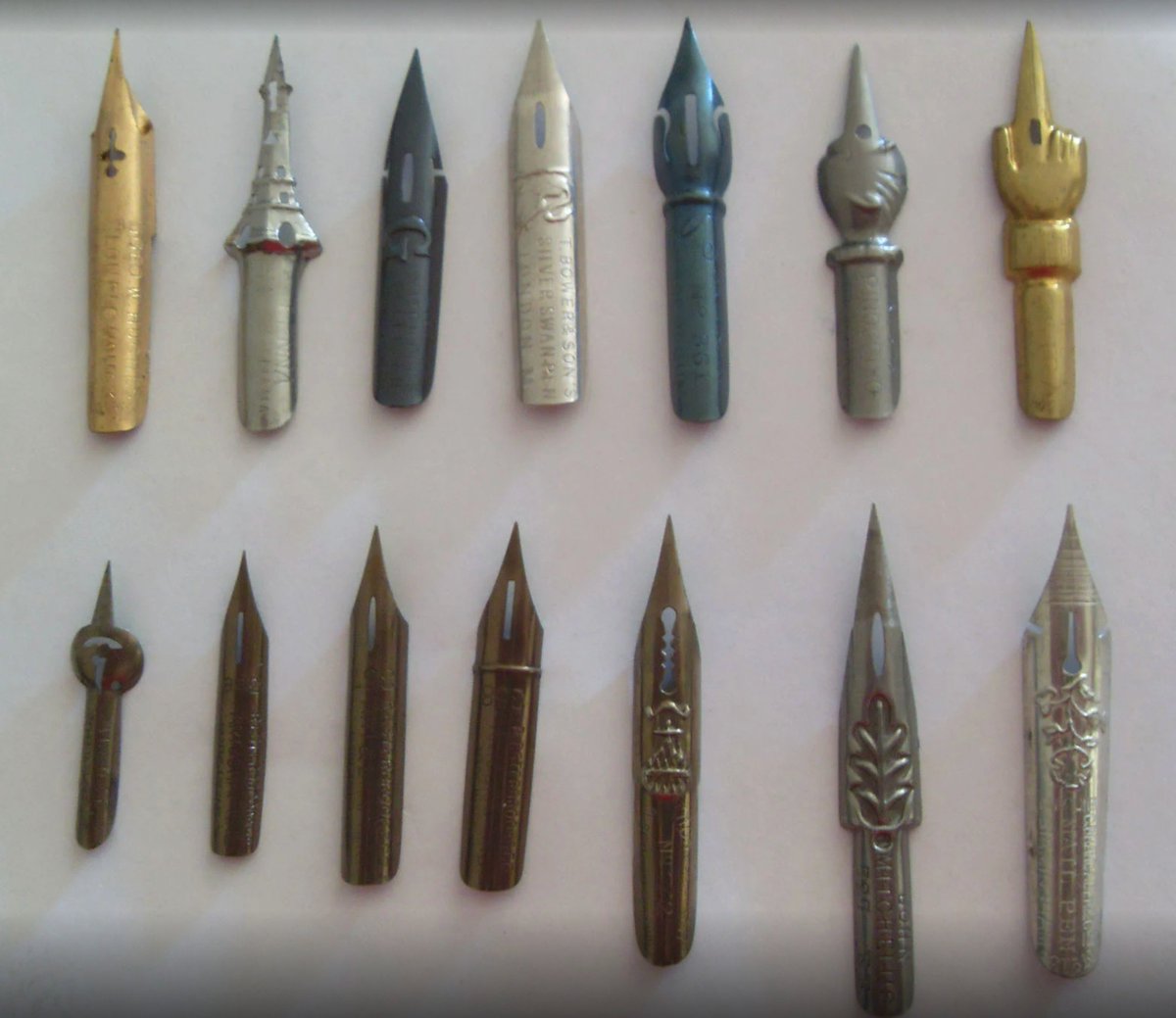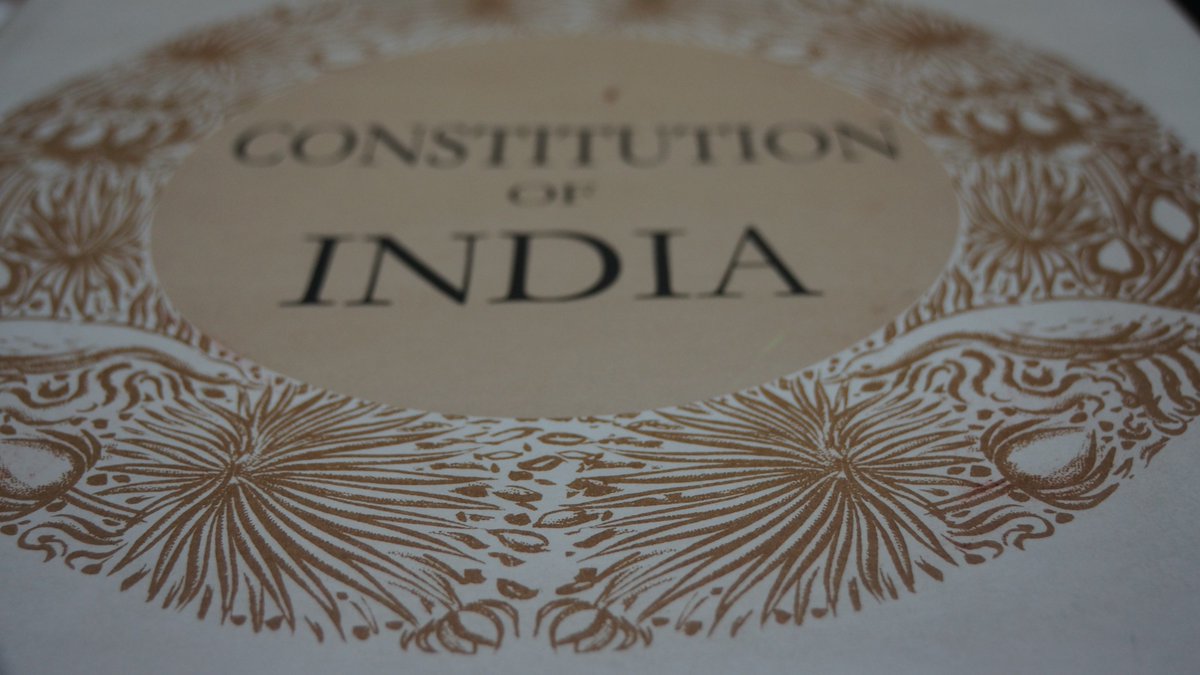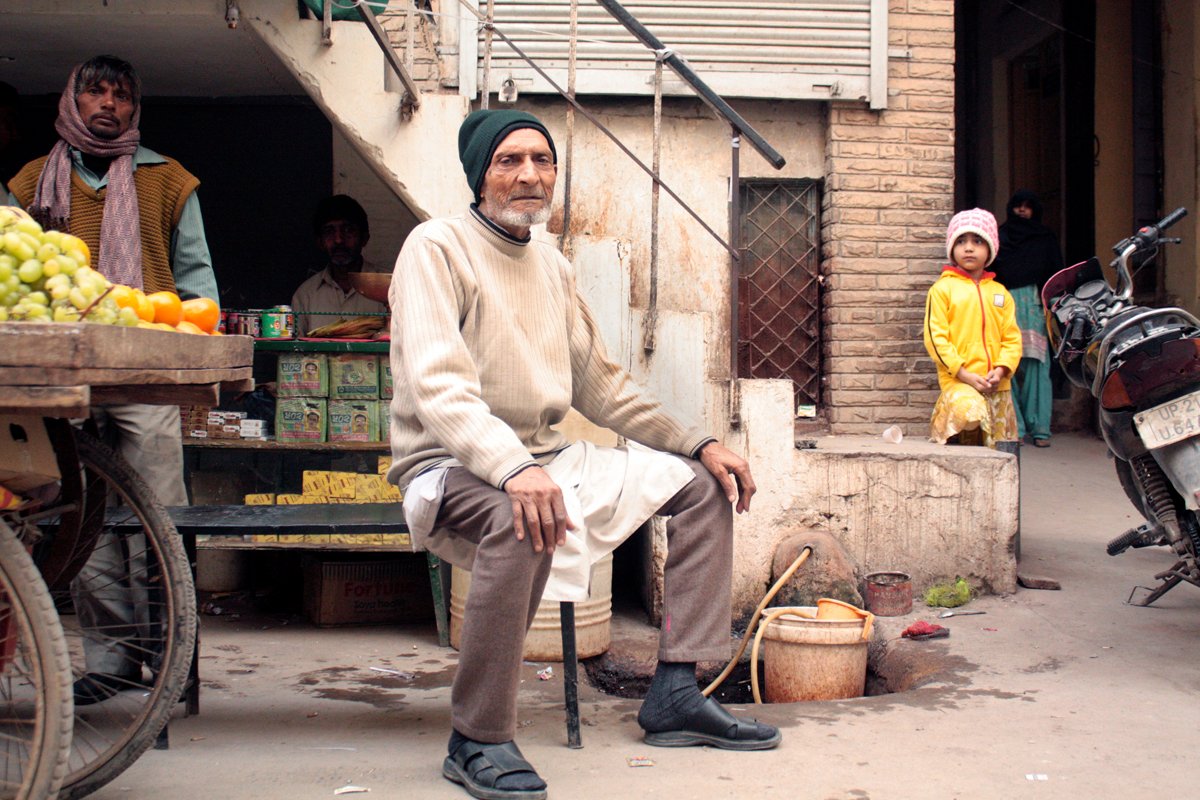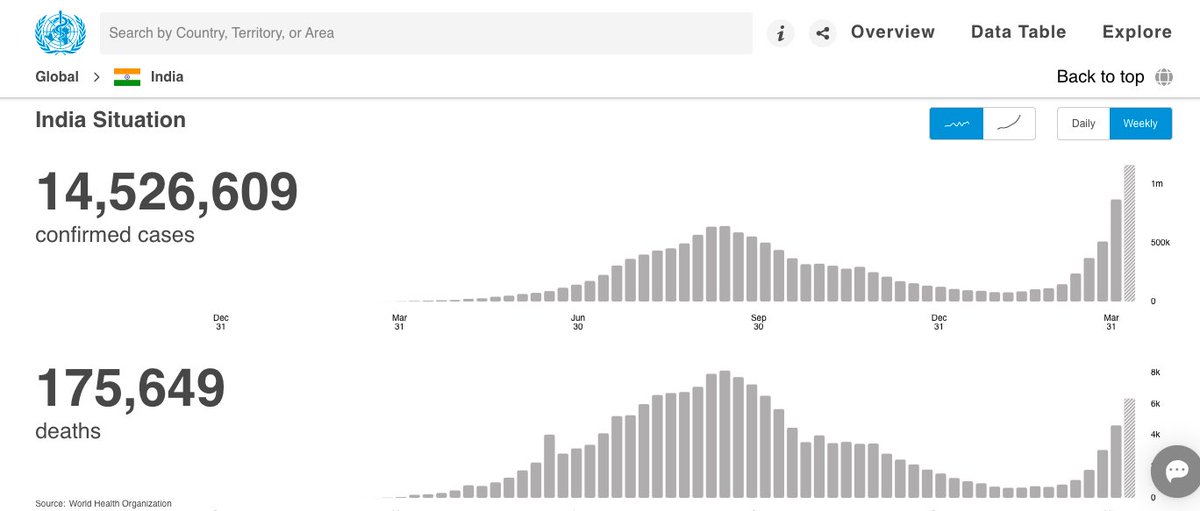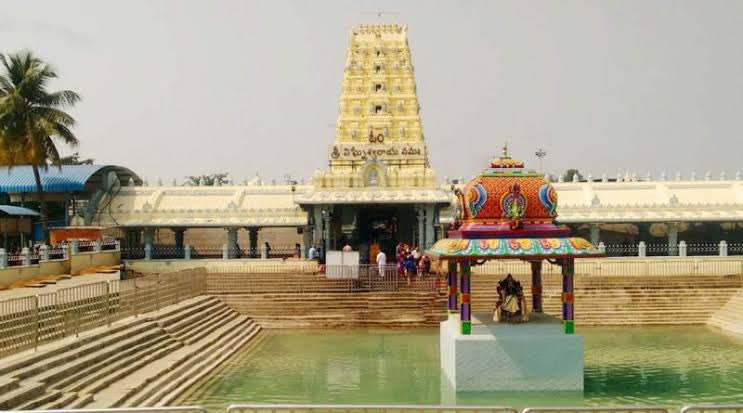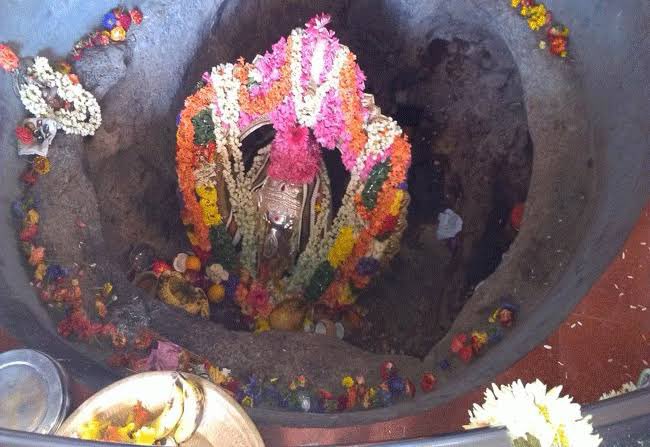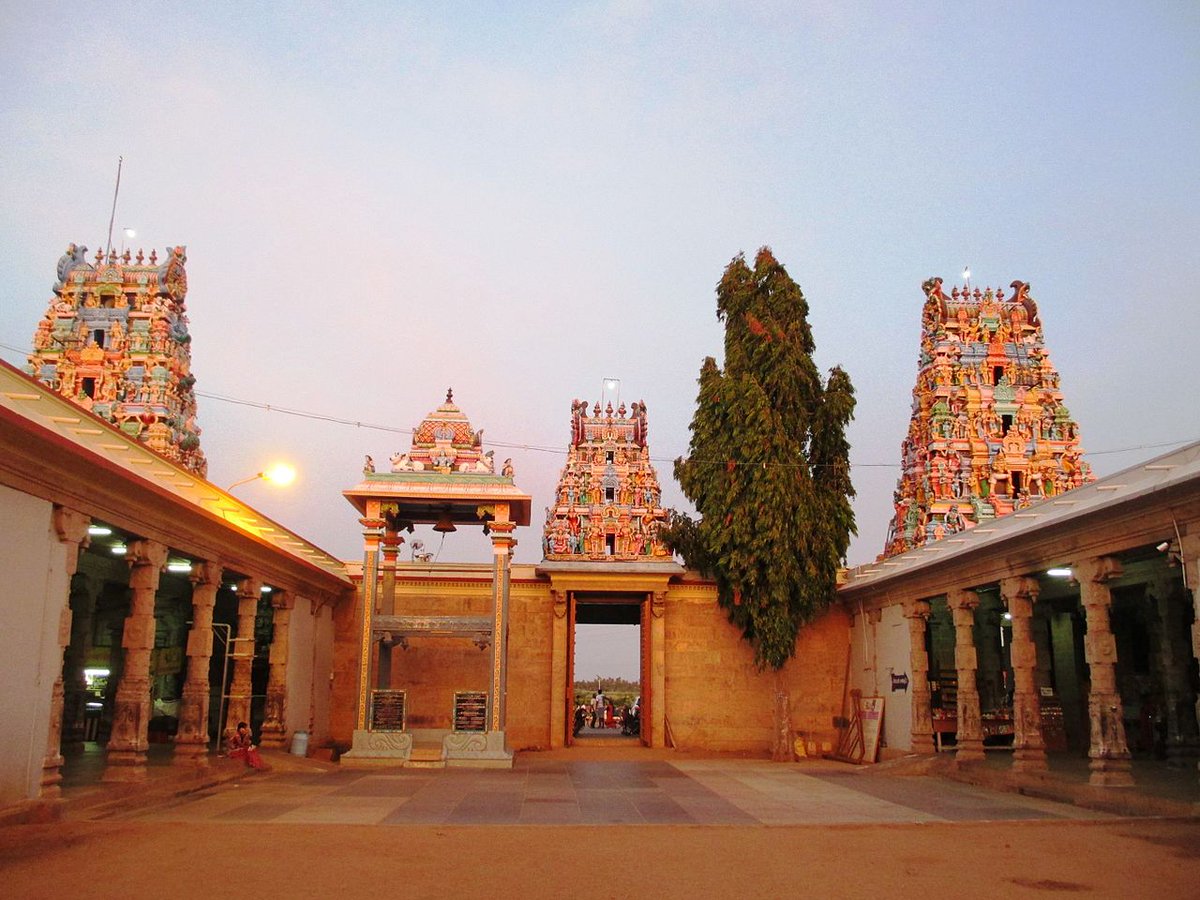3. Forty-five percent children in the state are undernourished and the decline of maternal mortality rate has decelerated.
What is the Gujarat Model of ‘development’? Thread.
1. Gujarat spends less than 2% of its income on education (the norm is 5-6%) with the result that 45% workers in Gujarat are illiterate or studied up to the fifth standard with the quality of education very poor. (The Wire)
3. Forty-five percent children in the state are undernourished and the decline of maternal mortality rate has decelerated.
One of the reasons it attracts businesses is because of the low wage rates, which are comparable to that of Uttar Pradesh.
https://t.co/9I0D41poQX
Workers working with bare hand and feet, often without safety gear handling even hazardous substances like asbestos.
Many have died from gas explosions, accidents.
Their deaths often go unreported or underreported.
(TheEconomicTimes)
According to the Union ministry of MSMEs, the number of sick units jumped from 4,321 in 2011 to 20,615 in 2013 and 49,382 in 2015.
Between 2004 and 2014, 60,000 MSMEs shut down in Gujarat.
(The LiveMint)


